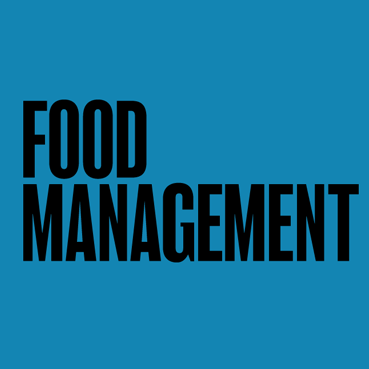August 1, 2003
FM Staff
SPECSheet
Sausage Stuff
Link sausages are a versatile menu option any time of the day.
While link sausage is often associated with the breakfast daypart, this center-of-the-plate protein’s versatility makes it a natural on lunch and dinner menus as well.
Available uncooked or cooked, link sausage ranges from traditional varieties made from pork only to pork, veal and beef blends. Today there are also sausages available with unique flavor profiles made from a variety of nontraditional meats, including poultry, duck and seafood.
There are hundreds of ways to use link sausages in everything from soups to appetizers to casseroles to sandwiches. Read on for the basics you need to know when buying link sausage.
The primary thing to keep in mind is that link sausage (including hot dogs) is sold by the pound. Weight per link is given as the count per pound, and is labeled as, for example, 6/1 (pronounced six to one), which translates as six links per pound. Most link sausage is sold in 5- or 10-pound cases.
Operators can realize significant cost savings by buying the most cost effective size sausage for their operations. Most sausage is priced per case and there is very little difference in diameter between a 4/1 and a 5/1, but there are 10 more links in the 5/1 case. Most link sausages, which can range in length from three to six inches, are generally sold in 4, 5, 6, or 8 links/lb. Be sure to study cost comparisons when reviewing link sausage purchase options.
Types
Most link sausage is sold in casing (either natural or synthetic) and is generally made from a combination of pork, beef and/or veal. It may also contain non-fat dry milk and/or calcium-reduced dried skim milk, which contribute protein and milk sugar to the final product, giving it a "fuller" flavor. It may be available fresh or frozen.
Link sausage falls into three categories:
Fresh sausage includes fresh bratwurst, fresh Italian and fresh kielbasa. Fresh sausage is not cooked during processing and must be cooked thoroughly before consumption.
Cooked sausage, including hot dogs, knockwurst, cooked bratwurst and smoked sausage, need only be heated to serve since it is fully cooked. Cooked sausage is most convenient for foodservice operators, but also more expensive than uncooked.
Uncooked, smoked sausage, including kielbasa, has been smoked but not cooked. It must be fully cooked before serving.
Varieties
There are many varieties and styles of link sausage available today, including some that are lower in sodium for healthful applications, and flavored products (i.e. maple, apple, etc.). Here are some of the most common ones used in foodservice:
Bockwurst is made of veal and pork (generally it contains a higher proportion of veal), with milk, chives, eggs and chopped parsley. Seasoning is similar to frankfurters, but it may have additional flavorings added. It is available fresh or parboiled, so it must be fully cooked before serving.
Bratwurst is made from pork or a pork/veal mixture. It may also include nonfat dry milk, turkey and/or chicken provided that the red meat ingredient is predominant. Bratwurst is generally 4.5-5.5 inches in length in the uncooked state. It is available both fresh and fully cooked.
Fresh pork breakfast link sausage is made from selected cuts of pork and is available in several sizes. For added convenience, at least one manufacturer packs breakfast link sausage on oven parchment paper for quicker preparation. Also, breakfast link sausage is available precooked.
Italian sausage is available in link, rope-style, bulk and patty form. It is a combination of pork and/or beef and chopped fat particles. It is available in sweet (mild) or hot. Italian sausage links are generally 5-6 inches in length.
Knockwurst is a fully cooked, smoked sausage that consists of beef or a predominately beef and pork combination, with garlic added. It has a smooth interior texture and is light to moderately pink in color. Knockwurst links are generally 5-6 inches in length.
Polish sausage (sometimes referred to as kielbasa) is also smoked and fully cooked. It is made from moderately coarse-cut pork or beef. It may also comprise moderately coarse-cut pork with finely comminuted beef or a beef and veal combination, highly seasoned with garlic. Polish sausage links are generally 3-5 inches long. It is also available in rope style.
Smoked sausage is fully cooked and made from pork or pork and beef. It may also include beef tripe, beef and pork heart meat and beef and pork tongue meat. Available skinless or in casings, it’s sold in a wide variety of lengths and sizes and is also available rope style.
Weisswurst is a fresh German sausage that is white in color and made of pork and veal and mild spices. Links are plump and about four inches in length.
Resources: For more information, go to www.hot-dog.org.
About the Author
You May Also Like






